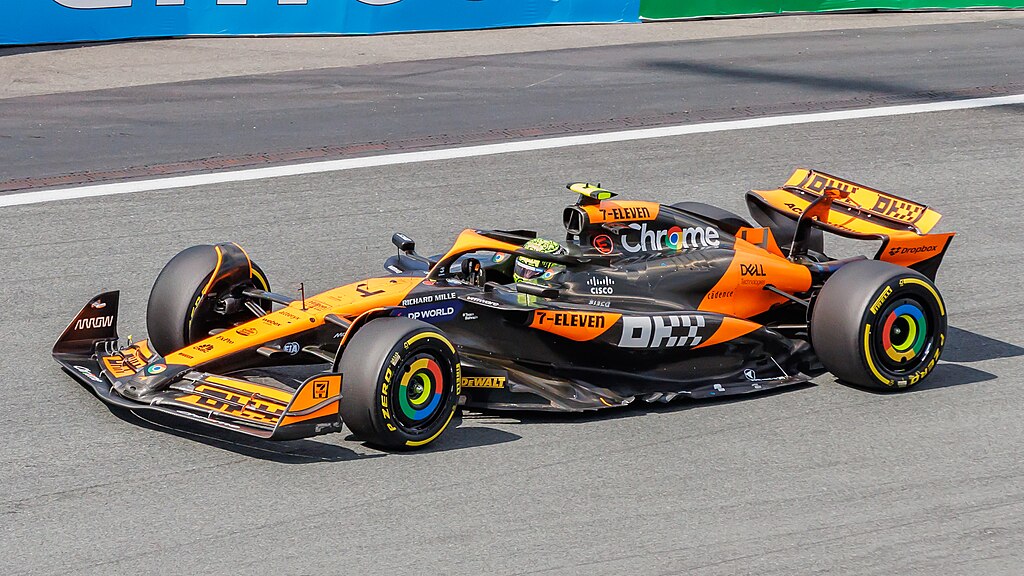FIA announce further regulations on flexi-wings after constructor concerns
The FIA, the governing body for motorsport around the world, is further clamping down on the bodywork flexibility of F1 cars, with the regulations announced having the potential to impact the F1 grid and driver rankings.
A wing’s flexibility affects the aerodynamics of the car; it can reduce drag on straights or increase downforce on corners by increasing grip. Since airflow affects the front wing before the rest of the car, it is important to where drivers end up placing in a race.
Flexible bodywork is against the Formula One technical regulations. Currently, cars are permitted to have 15mm of leeway on the front wing and its flap. However, the new F1 flexi-wing regulation means that this tolerance will decrease to 10mm.
Following the Australian GP, the FIA introduced new tests on rear wings.
However, since front wings take longer to design and build, the FIA gave teams until the Spanish GP in Barcelona to prepare for new tests on front wings.
Alongside being more complex to design and build than rear wings, front wings also need to undergo more impact tests for safety.
It makes sense that wing flexibility has prompted so much conversation in a sport which relies so heavily on physics and car design, with such small differences having the ability to produce significant consequences.
During the 2024 F1 season, both Red Bull and Ferrari expressed concern regarding the flexibility of McLaren’s and Mercedes’ wings
For example, in 2021, Red Bull and Mercedes both pointed the finger at each other, alleging the other team was using cars with illegal wing flexibility.
Even further back, both Red Bull drivers in 2014, Daniel Ricciardo and Sebastian Vettel, were excluded from qualifying for the Abu Dhabi GP, since their front wings did not pass a deflection test. This means that their front wing flaps deflected too much, and the FIA deemed that these flaps had been “designed to flex under aerodynamic load”, according to Jo Bauer, the Formula One Technical Delegate.
Nikolas Tombazis, Director of the Single Seater Department of the FIA, claimed that “The 2025 regulations were designed to counteract the so-called ‘mini-DRS effect’ that became quite a talking point in the autumn of last year”, labelling previous tests as “insufficient”.
Indeed, during the 2024 F1 season, both Red Bull and Ferrari expressed concern regarding the flexibility of McLaren’s and Mercedes’ wings. Although Oscar Piastri’s car did not fail flexibility tests, McLaren afterwards “proactively offered to make some minor adjustments to the wing following our conversations with the FIA”.
These changes are certainly a key talking point of the 2025 season
From 2026, these changes will be of less importance with the FIA’s new aerodynamics regulations. Cars will be ‘more agile’, ‘shorter and narrower’. With moveable chassis parts, the aim of making ‘the cars more raceable’ will be achieved, reducing downforce by 30% and drag by 55%.
However, these changes are certainly a key talking point of the 2025 season, and it remains to be seen whether the new flexibility regulations will have an impact on the current order of the grid.

Comments